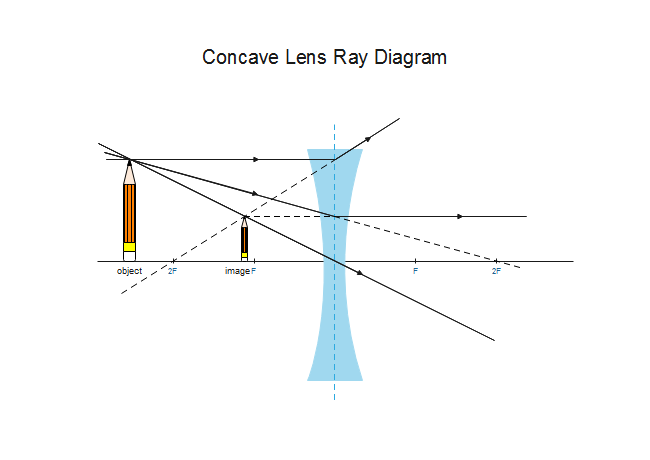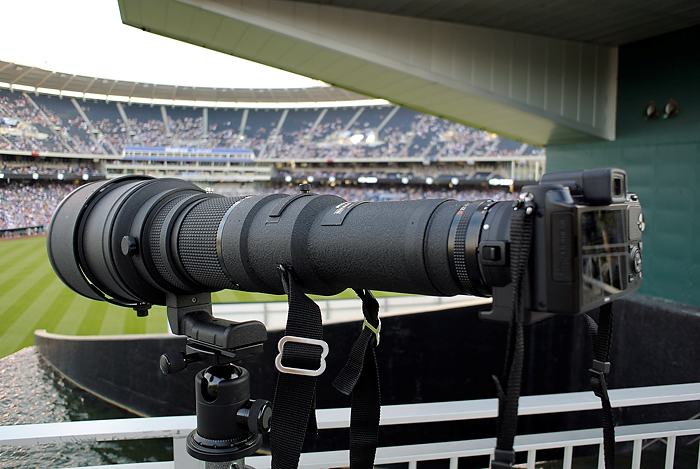

LENS helps to normalize both excess activity and suppression in the EEG, and people feel better and are able to do more of what they want.
Better than system lens full#
In this case, the person doesn’t have the full range of emotions, thoughts and abilities they once had. Trauma and stress tend to cause EEG suppression, in which the brain protects itself from overload and seizure activity by reducing activity, which in turn limits functioning. Neurofeedback clinicians have noticed a strong connection between excessive activity in the EEG, particularly in the slower brainwaves, and difficulties with mood, energy, focus, and mental clarity. It might seem impossible that a signal so weak could do anything at all, but it is effective because the brain can respond to the low-energy signal, whereas it would react and defend against a stronger one. The duration of actual feedback during a typical LENS session is from one second to one minute per site on the head. Not only is the feedback signal incredibly weak, but the length of exposure to it is extremely short. Treatment consists of invisible radio frequency waves that are 4,000 times weaker than what your brain is exposed to each time you hold a cellular phone to your head. It is a completely painless and noninvasive procedure and most find it very relaxing. The treatment itself consists of sitting quietly in a comfortable chair with your eyes gently closed, while the neurofeedback practitioner applies a tiny electrode with conductive paste to your scalp to both measure the brainwave activity and to deliver treatment. LENS is just as safe and effective as traditional neurofeedback, and works much more quickly, saving both time and money. We might think of LENS helping the brain to reboot, like a computer that is no longer functioning optimally. Medication works on the chemical system, while LENS works on the electrical system.

The brain is both a biochemical and a bioelectrical system. LENS directly stimulates biochemical changes that are thought to help the brain regulate itself.
Better than system lens software#
LENS is a computer-based software program that is connected to an EEG box, which measures brainwaves. LENS was created as an alternative to medication for brain-based problems and is often used along with psychotherapy. The Low Energy Neurofeedback System (LENS) was developed in the early 1990s by Len Ochs, PhD, a northern California psychologist. Exposure to chemicals such as those used in chemotherapy can cause problems with mental clarity, leading to a condition referred to as “chemo brain.” Problems with focus, concentration, and attention can be related to a variety of psychiatric diagnoses or sleep deprivation. A mild traumatic brain injury from a car accident or sports injury may cause difficulty with memory and attention span, and may induce depression. High levels of stress over time can cause problems with sleep, energy, and mood. Many people have problems with daily life that begin in the brain.
Better than system lens how to#


 0 kommentar(er)
0 kommentar(er)
